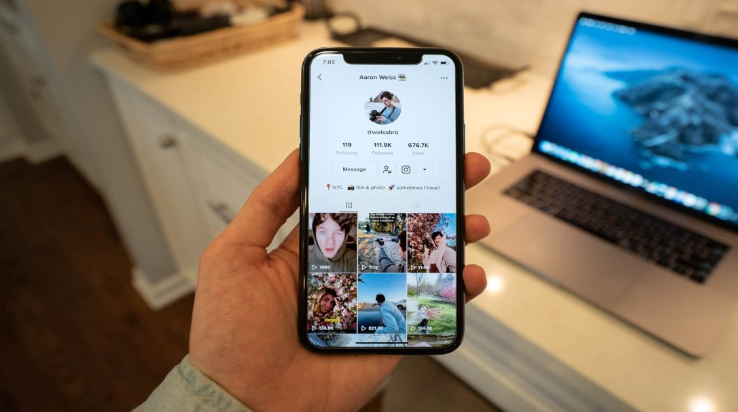In today’s marketing strategy, content generation is essential. Despite the fact that approximately 90% of all businesses engage in some form of content marketing, only a small percentage of them are able to create viral material that users share. Content will be unable to fulfil its genuine function without this degree of participation. Fortunately, there is a variety of ways to develop engaging material that is more likely to be shared on social media, and in this post. The good news is that we are going to show you how to do it. But first, let us discuss what happens behind the scenes of social media sharing.
Contents
What encourages users to share digital content is scientifically proven. Researchers have uncovered many psychological triggers that motivate people to participate in online activities, and here are a few of the most significant:
- People enjoy expressing their opinions and receiving positive feedback from their circle of friends and acquaintances. Sharing content with a group is a way to show off one’s personality.
- Humans are social creatures who communicate with one another. We all want to foster relationships with others, and digital content makes it easier and more frequent to do so.
1. Create High-Quality Content
This appears to be the most apparent aspect, and it is, but it is frequently overlooked. There are no shortcuts: high-quality material that is shared is always high-quality material.
You can’t expect your audience to become interested and engaged if you only focus on superficial themes and don’t devote enough time to research or content development. This is one of the reasons why long-form material is performing better than it has in the past.
2. Make use of Smart Structuring
Internet users read quickly, and nothing irritates them more than a “wall of words.” To simply emphasize crucial information points, use numbered lists, bullet points, and headings to structure your text sensibly.
3. Add Value to Users’ Lives
Informative material is great, but if your readers and clients can’t put what you’ve written into practice, they won’t gain from it. Content’s major purpose is to answer users’ problems and demonstrate how to solve them; this will not only increase brand loyalty but also keep them coming back for more. It’s almost certain that the content you generate will be shared if it’s truly useful.
4. Keep your Audience in Mind
Remember whom you are writing for. That alone means that you need to keep your audience in mind. That alone will allow you to stay relevant making sure you are offering your readers quality content.

